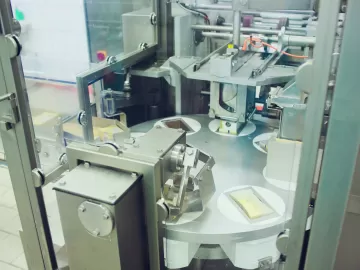How to Keep Reverse Pulse Dust Collectors Operating Efficiently and Reliably
Reverse pulse type dust collectors often represent a challenge to compressed air energy efficiency, and sometimes throw a wrench into the works by causing huge air pressure fluctuations, high transient flows and just plain large leaks. This article discusses this type of dust collector, often installed in food processing plants, and gives some real-life examples of problematic installations. Some suggested measures are mentioned to ensure your dust collectors keep running in a trouble-free manner.




